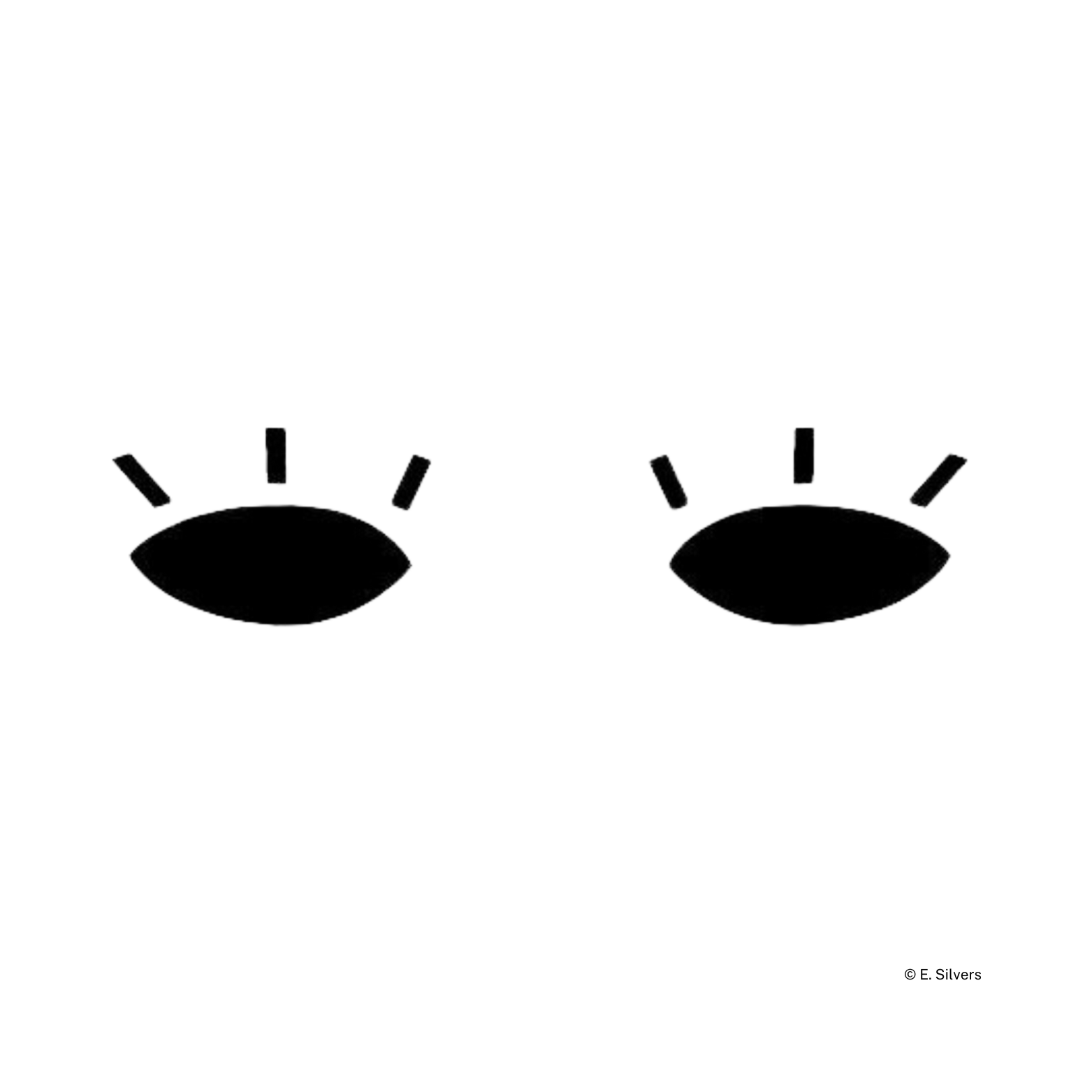Question something you overlook daily.
Consider everything and anything. For example, coat racks. No one pays attention to a coat rack because it’s a coat rack. It’s not something we care to notice every day or even think about. It’s in the back-burner of our minds.
Thank you for reading this post, don't forget to subscribe!But the person who questions this “normality” will create ideas. The coat rack’s upright structure—is it the most efficient form to hold clothing? Can it be improved? What potential market is there for coat racks?
An inventor of ideas must understand what is before they can start playing with what could be. Expand your mind to question the way things are—especially things you think are insignificant.
Don’t limit yourself to physical objects. Objects tend to be the first things we think of when thinking of an “invention” or “idea” but there is much more. Inventions are also non-physical.
Think about the way people and animals do things—life’s stages. Think about what’s hardest about life and what isn’t, all the hurdles and rewards. If you can monetize the unchangeable in life, you’ll have sure income coming in for years to come.
Ask origin questions.
Asking why a person does something broadly tells you what fuels them. Once you know their preferred fuel, you now have information on how they function, but also how to influence them. You now have three new pieces of information: what drives them, how to influence them, and how they function. With this, you can ask more origin questions.
What’s missing? This will help you see the holes in other ideas and give you an opportunity to think about how to fill the gap.
You can ask the same of objects, social behaviors, and concepts. Why did this come to be? What’s the future of this behavior? What will be needed in the future when this behavior changes? Or when it doesn’t?
Make random links.
Have you ever looked at something and then somehow it sparked an idea? If so, you found a relationship. Think about Newton and the apple, Archimedes in the bath tub—enough said?
Let’s take two objects. Both of these objects are known, so in themselves, they are not new ideas. However, they may be able to smoosh together in a multitude of ways to create something new. Aside from their differences, their connection is their relationship between each other, and their discovered relationship is the “new idea.”
Human beings have not found the relationships between everything. We are still asking ourselves why certain things even work as they do.
As a rule of thumb, the more polar opposite the concepts or objects, the rarer the undiscovered relationship has potential to be, and the more chances it has not already been discovered.
